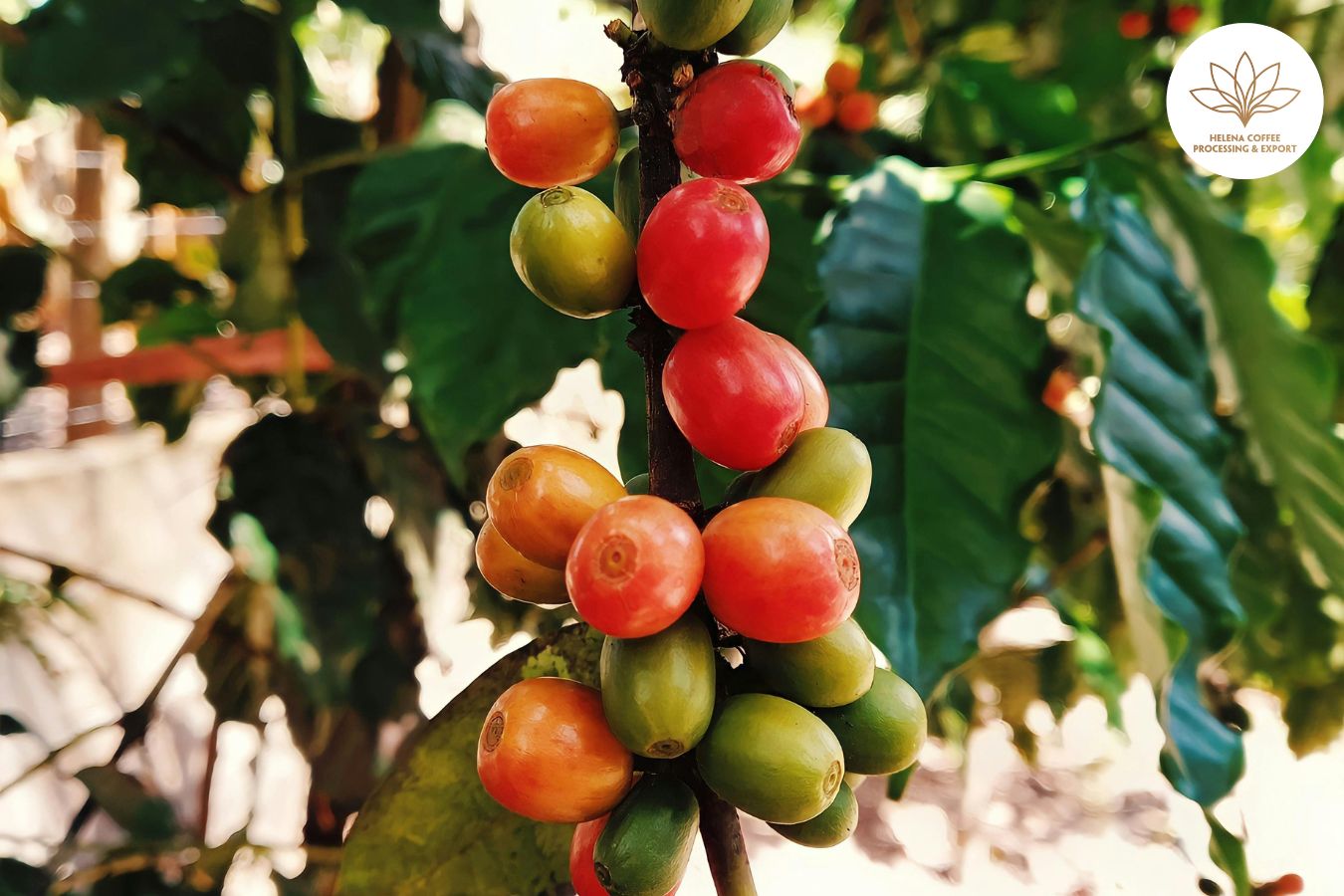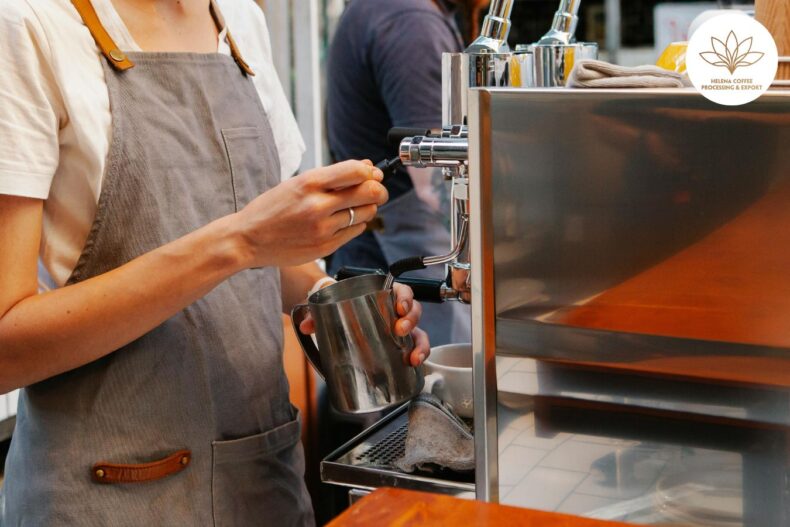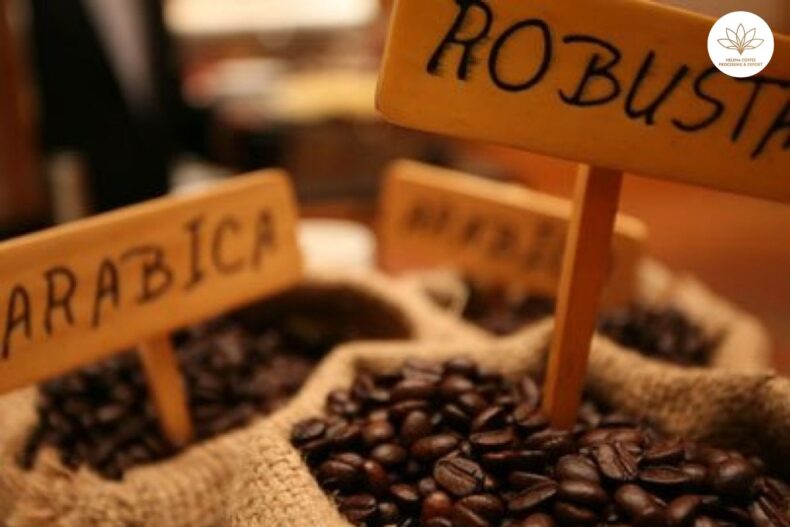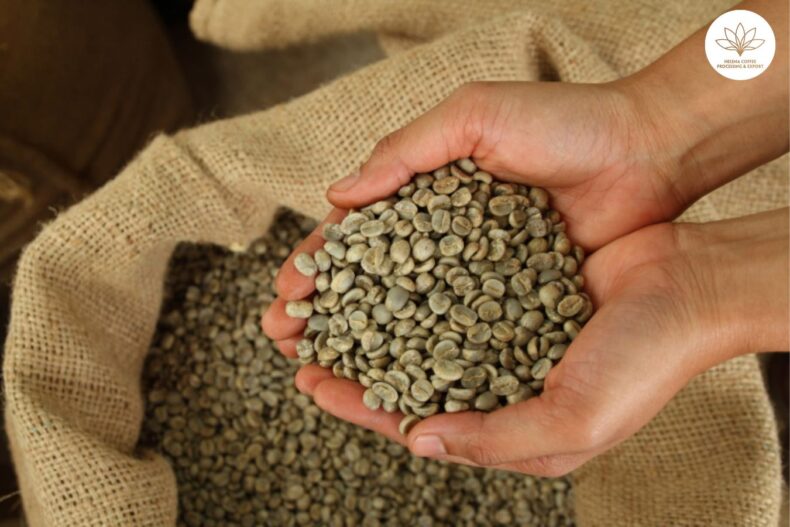
To Improve Results In Coffee Preparation: As social media’s popularity soars, daily uploads of short videos quickly set new trends, and the coffee industry is keenly following suit. We’re witnessing an increasing number of gadgets and techniques that, regardless of their effectiveness, lend a sheen of sophistication and expertise to the art of coffee making.
Brands are seizing these trends to boost their coffee-related products or services, leveraging digital content to expand their audience reach. For those in the specialty coffee realm—be it shops or baristas—understanding these tools and discerning their impact on coffee preparation is crucial for bean optimization and extraction enhancement.
In pursuit of insights into these evolving trends, I engaged with experts in the field: Roger González Zapata from Los Cafés del Arriero, alongside Gabriel Gazdik and Martina Vigo from Flat & White. Continue reading to discover their perspectives.
Understanding the variables of coffee preparation
For baristas, mastering the principles of coffee extraction and the influence of each variable in crafting a beverage is paramount. To Improve Results In Coffee Preparation: The increasing presence of sophisticated espresso machines, grinders, and other technical apparatuses does not guarantee the quality of coffee or the success of a coffee shop on its own.
Ideally, an optimal extraction rate for both espresso and filtered coffee ranges between 18-22%. The key distinction lies in the Total Dissolved Solids (TDS), with espresso typically showcasing a TDS of 8-12%, and filtered coffee exhibiting a TDS of 1.20-1.50%. Essentially, this represents the proportion of coffee solids extracted from the grounds relative to the overall volume of the beverage.
The art of grinding
Grinding plays a critical role in brewing a delectable cup of coffee. To Improve Results In Coffee Preparation: Have you ever observed that the quantity of ground coffee appears to be less than the coffee beans you initially placed in the grinder?
This discrepancy is attributed to static electricity, which is produced by several factors:
- The friction created during the grinding process,
- The type of material used in various grinders available,
- The roast level of the coffee beans.
These elements collectively influence the efficiency of grinding and, subsequently, the quality of your coffee.
The ross droplet technique: Streamlining coffee grinding
The Ross Droplet Technique (RDT) offers a straightforward yet effective solution to a common coffee grinding issue. By lightly misting coffee beans with water right before grinding, the RDT significantly reduces static cling, ensuring more ground coffee makes it into your brew instead of being lost to static.
To Improve Results In Coffee Preparation: This method not only minimizes waste, enhancing cost-efficiency, especially during busy periods, but also contributes to a tidier workspace—a crucial factor for baristas aiming for optimal efficiency.
Roger emphasizes the practical benefits: “Evaluating the loss of coffee to static can reveal surprising inefficiencies. If you’re losing more than 0.5 g of coffee per grind due to static, the RDT can not only save money but also maintain cleanliness in your coffee station. To Improve Results In Coffee Preparation: It’s also advisable to pair this technique with a high-quality grinder designed to combat static.”
However, the interaction between water and the materials of your grinder warrants careful consideration. Certain metals may corrode over time with repeated exposure to moisture, potentially leading to costly repairs. To Improve Results In Coffee Preparation: “Many baristas opt for premium grinders whose blades aren’t intended for water contact. Even minimal exposure can accumulate, impacting the grinder’s longevity,” Roger points out.
Highlighting the grinder’s pivotal role in coffee preparation, Roger compares it to a chef’s knife: “Just as a dull knife can spoil a fine cut of meat, a subpar grinder can lead to uneven grinding, more static, and ultimately, a compromised coffee flavor.”
Martina adds, “RDT simply involves a quick spritz of water on the beans to prevent them from sticking to grinder parts due to static. To Improve Results In Coffee Preparation: This not only conserves coffee but also keeps the grinder cleaner for longer.” It’s important to note that while the RDT effectively reduces static-related coffee retention, it does not alter the coffee’s flavor or the distribution of water during brewing.
Enhancing coffee grounds: The weiss distribution technique
The Weiss Distribution Technique (WDT) revolutionizes coffee preparation by employing needles or fine wires to meticulously stir the coffee bed, breaking apart clumps and ensuring a more uniform distribution of grounds.
Clumps within the coffee bed or espresso basket can lead to an uneven flow of water, a phenomenon known as channeling, which results in the inconsistent extraction of flavor from the coffee beans. To Improve Results In Coffee Preparation: By minimizing clumps, the WDT significantly improves the overall taste of the coffee.
Martina highlights the critical role of the coffee puck in espresso preparation, emphasizing the importance of its distribution, preparation, and grinding. To Improve Results In Coffee Preparation: She views each step as an opportunity to enhance the coffee’s quality through the WDT, particularly to achieve a uniform density and prevent channeling.
Channeling can compromise the consistency and quality of the brew, a risk that increases with the use of finely ground, light roast coffees favored for their nuanced flavors. “WDT is crucial for breaking up clumps and achieving an even distribution of coffee, eliminating pathways that allow water to flow too quickly through the coffee,” she explains.
Gabriel notes the tangible benefits of applying the WDT: “The technique transforms the coffee puck, making it more cohesive and ensuring an even water passage.” To Improve Results In Coffee Preparation: Their collective experience underscores how simple tools and techniques can significantly elevate the quality of coffee using the same equipment and beans.
Maximizing quality with minimal investment
In discussions about coffee brewing equipment and accessories, there’s a common assumption that achieving high quality necessitates significant financial outlay. To Improve Results In Coffee Preparation: Yet, techniques like the Ross Droplet Technique (RDT) and the Weiss Distribution Technique (WDT) debunk this myth by offering ways to enhance coffee quality and preparation without hefty investments.
RDT is celebrated for its role in enhancing grinding efficiency, maximizing coffee yield, and keeping workspaces clean, all of which contribute to a smoother operation. WDT, on the other hand, excels in improving ground coffee distribution and minimizing channeling, thereby ensuring a more even water flow, which directly impacts the flavor and extraction quality of the coffee.
However, it’s critical to weigh the benefits of these techniques against their impact on the brewing process, particularly in terms of preparation time. Implementing these additional steps may extend customer wait times, raising questions about the tangible value they add to the coffee experience. To Improve Results In Coffee Preparation: It’s essential to consider whether these enhancements truly elevate the final product to a degree that customers will appreciate and whether they’re willing to accept longer wait times as a trade-off for superior coffee quality.
Incorporating the Ross Droplet Technique (RDT) and Weiss Distribution Technique (WDT) into your coffee shop’s routine can significantly enhance the consistency and quality of your coffee offerings. To Improve Results In Coffee Preparation: Yet, before making these techniques a standard part of your coffee preparation, it’s crucial to assess their impact on delivery times, barista workflow, and how customers perceive the changes. To Improve Results In Coffee Preparation: This evaluation will ensure that the improvements in coffee quality are balanced with operational efficiency and customer satisfaction.
FAQS:


